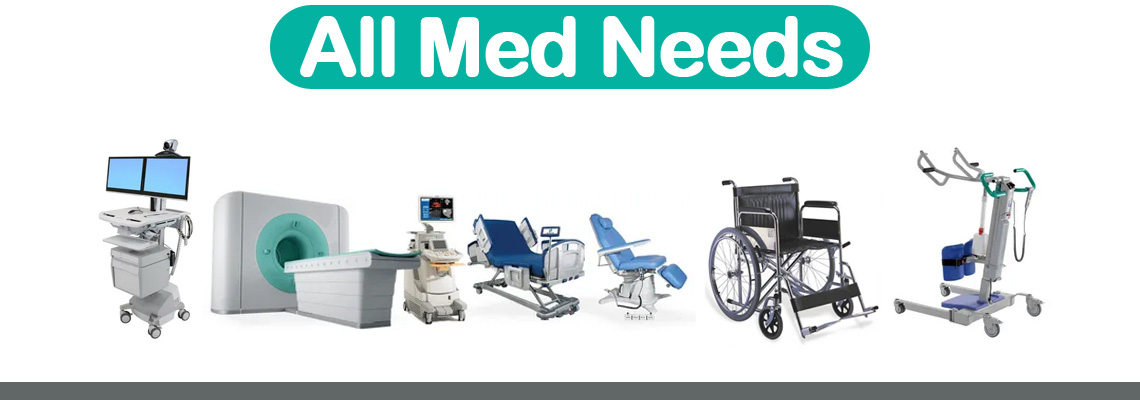A suction set, also known as a surgical suction device or suction apparatus, is a medical instrument used in various healthcare settings to remove fluids, secretions, and debris from a patient's body during surgical procedures, medical examinations, or emergency situations. It plays a critical role in maintaining a clear surgical field, facilitating effective respiratory management, and promoting patient safety. The suction set consists of several components that work together to create a vacuum for efficient suction and fluid removal. Components of a Suction Set: 1. Suction Pump: The heart of the suction set, the suction pump generates the vacuum pressure necessary for fluid and debris removal. It can be a mechanical hand-operated pump, an electric pump, or even a portable battery-operated pump, depending on the specific medical scenario. 2. Suction Tubing: Suction tubing connects the suction pump to various suction catheters and tips, allowing the transfer of negative pres...
